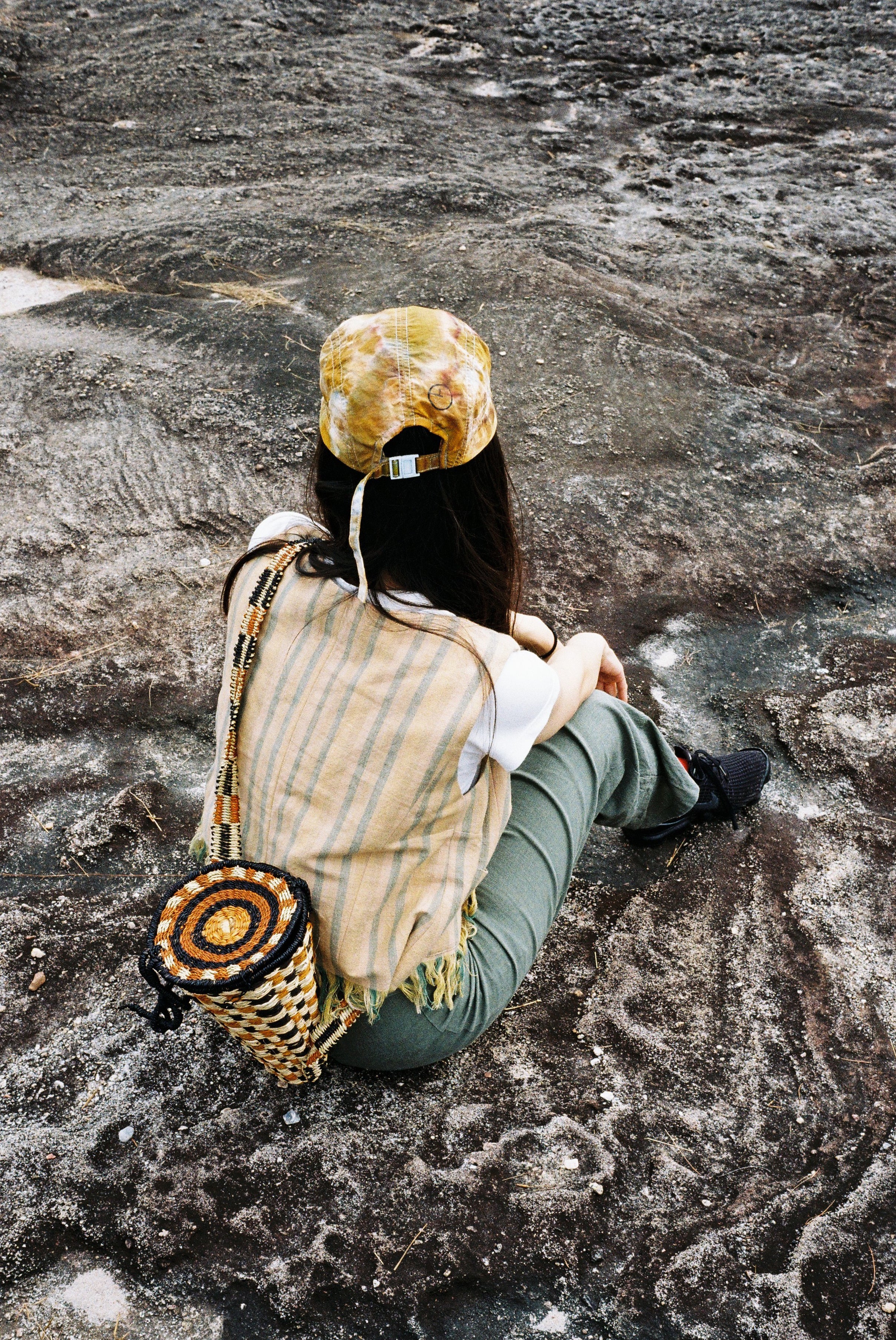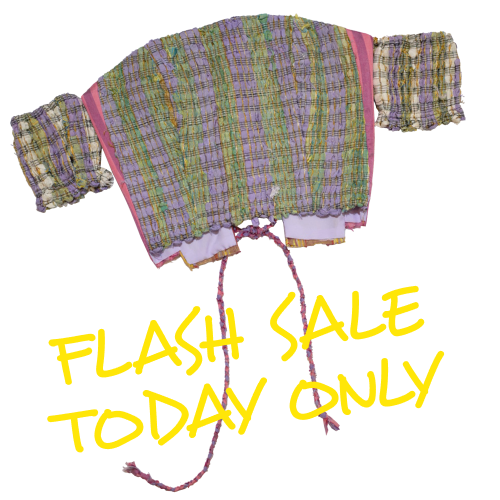The Mekong River is a trans-boundary river flowing from the upstream of Tibetan Plateau running downstream through China, Myanmar, Laos, Thailand, Cambodia, and Vietnam. Mekong delta has a huge network of rivers and canals, alluvial soils, plantations and water animals.

Map of the Mekong river basin
Image credits to Wikipedia
Human figures, fish and fishing tools, similar to the ones used in the present day, has been painted on the cave paintings of the cliff face at Pha Taem, situated inside a national park, above the Mekong River, in Ubon Ratchathani Province, northeast Thailand. The Pha Taem cliff painting depicts a pre-historic way of life, suggesting that we have been using these fishing gears since thousand years ago.

Carved Painting of pre-historic way of life in the Mekong river basin with human figures, fish and fishing tools similar to the ones used in the present day at Cave paintings on the cliff face at Pha Taem National Park, Ubon Ratchathani, Thailand.
Fishery is one of the main occupation
Fishery is one of the main occupation and the livelihood of the villagers along the Mekong river. Local fishing gear tells us a story more than just a way of survival, but opens to an anthropological reading into the social interactions between the human and non-human relationships, from fish to rivers and also a glimpse into a way of life that is adaptive to the meteorological changes.

Mekong fishing tools and the livelihood of the Isan people living by the river basin
The eastern part of Thailand, Isan (อีสาน), uses similar sets of fishing gears made out of bamboo and rattan, an abundant materials that is flexible enough to be woven and curved by hand into desired shapes, and durable enough to be place in the stream of the river. Mekong river settlers use fishing tools made from local wisdom to obtain a diversity of species throughout various waterscapes.

There are around 100 different types of fishing gears
There are around 100 different types of fishing gears made to catch a variety of 1,200 species of fish in the Mekong river. The differences in shape, size and density of weave are the result of a trans-generational empirical study of a fish’s life cycle, the ecosystem, the rate of water flow, depth of the water channel and their food habitat. These tools dated back a thousand years ago, evidentiary from the paintings on the cliff faces of Pha Taem National Park, Ubon Ratchathani.

Tum Pla Yon Fish Catcher (ตุ้มปลายอน), an 8-meters long rattan woven trap.
Image credits to www.sac.or.th
One of the tools is Tum Pla Yon Fish Catcher (ตุ้มปลายอน), an 8-meters long rattan woven trap, built especially to catch Yon fish (ปลายอน) native to Mekong River. Tum Pla Yon Fish Catcher is an ancient tool that takes up to a group of 3 people and a week to weave the catcher. The woven trap is attached on to bamboo sticks so that it is secured to the river bed vertically.

We have worked with local rattan and bamboo weaving community in northeast Thailand, who have adapted ancient weaving tools to weaving contemporary's woven wears and accessories.




